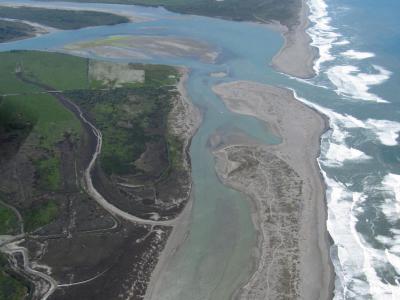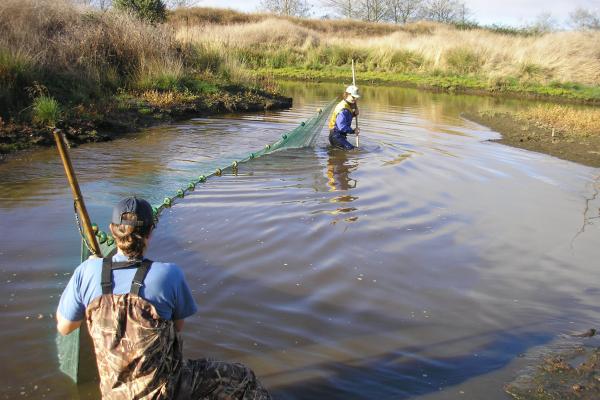Headwaters to Bay: Tour of Arcata’s Community-based Urban/Wildland Restoration Program
Tour Coordinator:
Mark Andre, City of Arcata
The City of Arcata is situated on Humboldt Bay, one of the most important estuaries on California’s coast. To implement a host of City environmental policies, goals and adopted plans, a large number of habitat restoration projects have been conducted in the City’s five watersheds since 1984. This field tour focuses on lessons learned from aspects of some of the older projects as well as the progress of more recent projects conducted in the lower estuaries of anadromous watersheds. Restoration actions have included “daylighting” creek segments in downtown areas, upland community forest road decommissioning in headwater area, large-scale estuarine and salt marsh projects, installing fish friendly tide gates to restore fish passage, reestablishing floodplains connected to altered watercourses, implementing Low Impact Design (LID) features into urban development setting back or breaching levees and establishing riparian cover.
The goal of Arcata’s restoration program is to modify disturbed ecosystems so that they more closely resemble a desired condition. The desired condition is usually is one that is matched to a reference condition or by retrospective work looking at old historic maps and photos. Key to the success of the habitat restoration effort in Arcata is having a wealth of local scientific expertise to draw upon as well as involvement of the citizenry in restoration efforts. Participation in restoration projects helps bring the community together and create a social identity, sense of place and local pride in their community. The social dimensions of restoration close to population centers also provides opportunity for education and for building a constituency that will support restoration efforts in the future.
The tour will begin in the forested uplands and work downstream to the urbanized middle reach stream segments and then down to the lower gradient coastal agriculture and salt marsh estuary zone.



